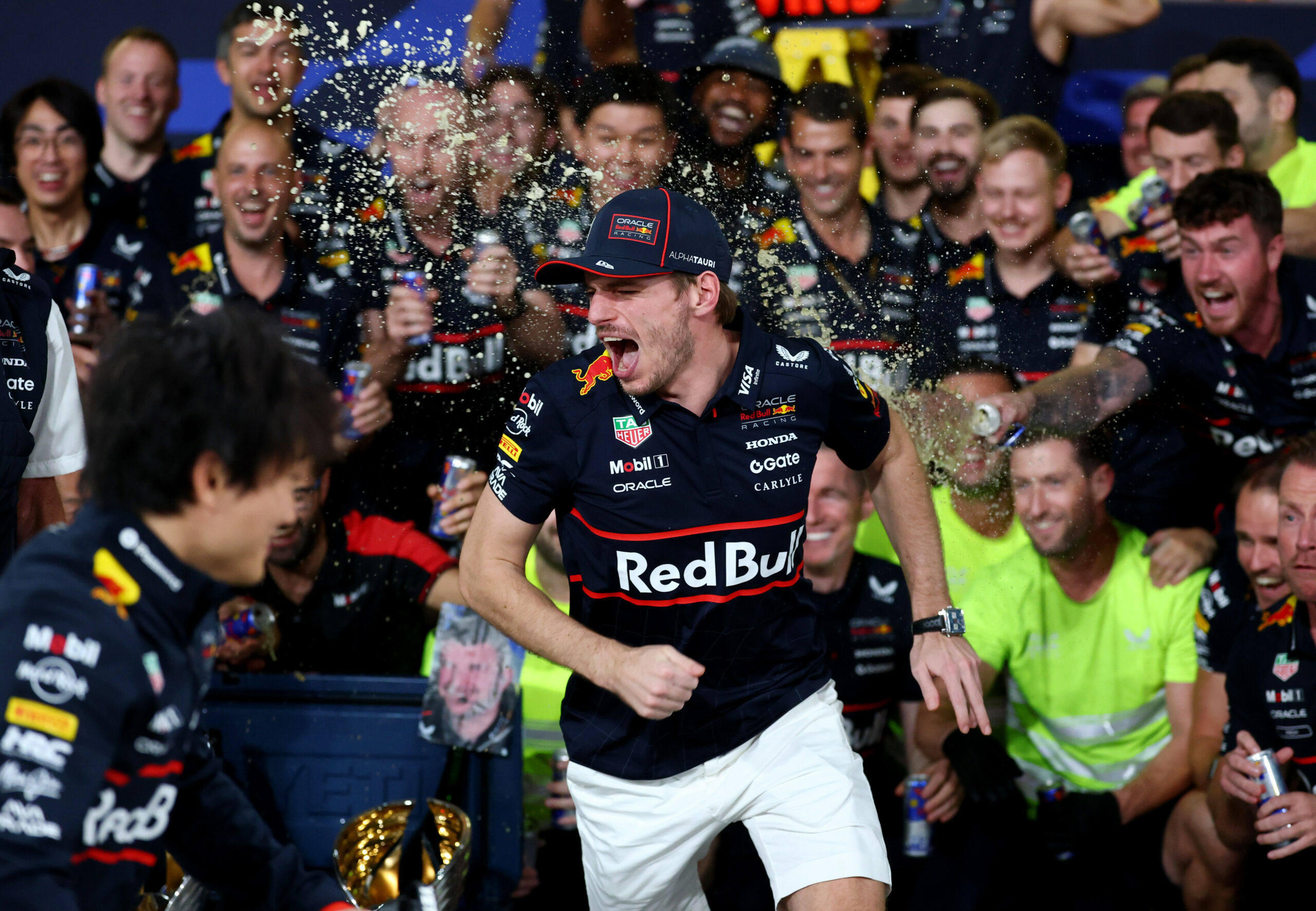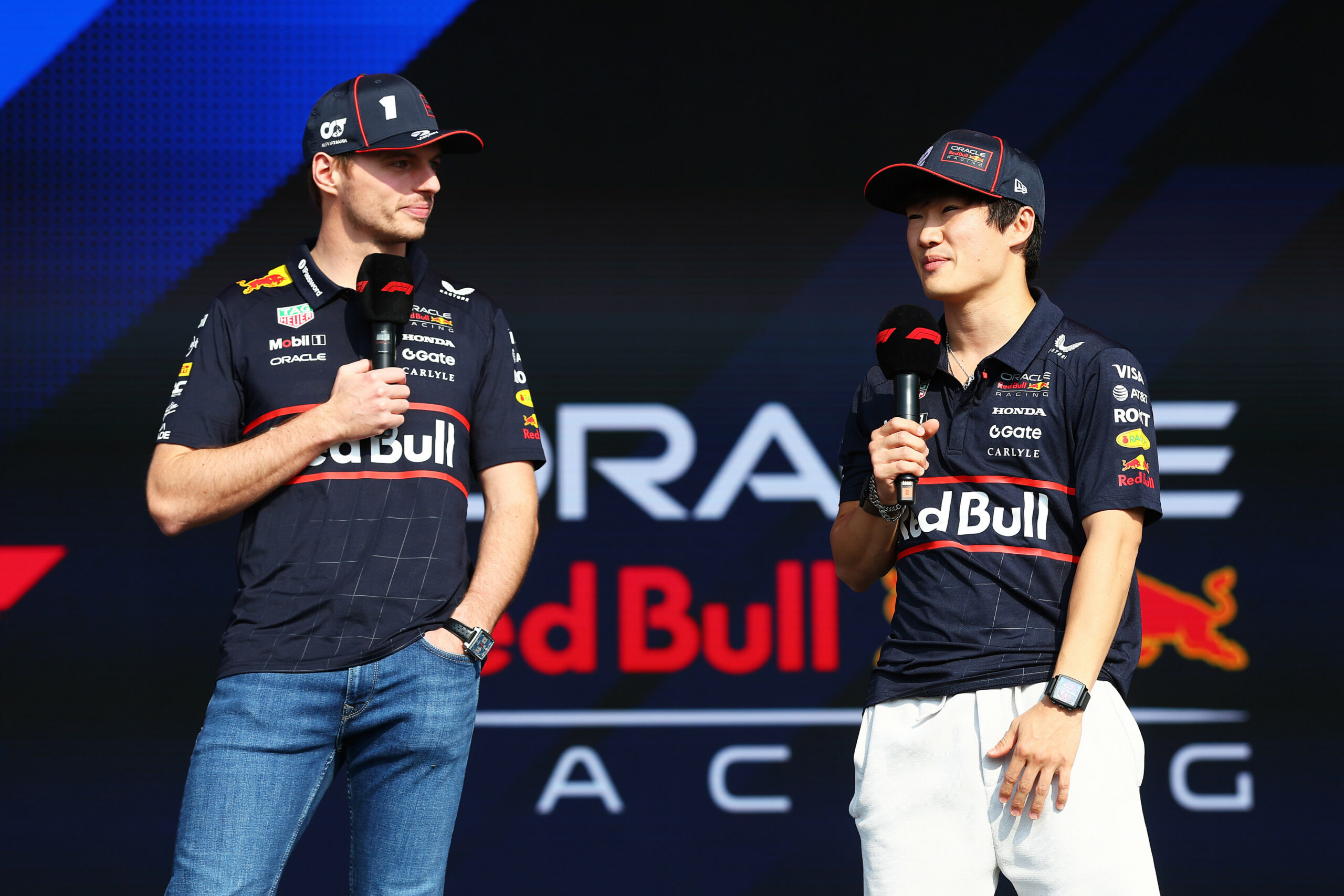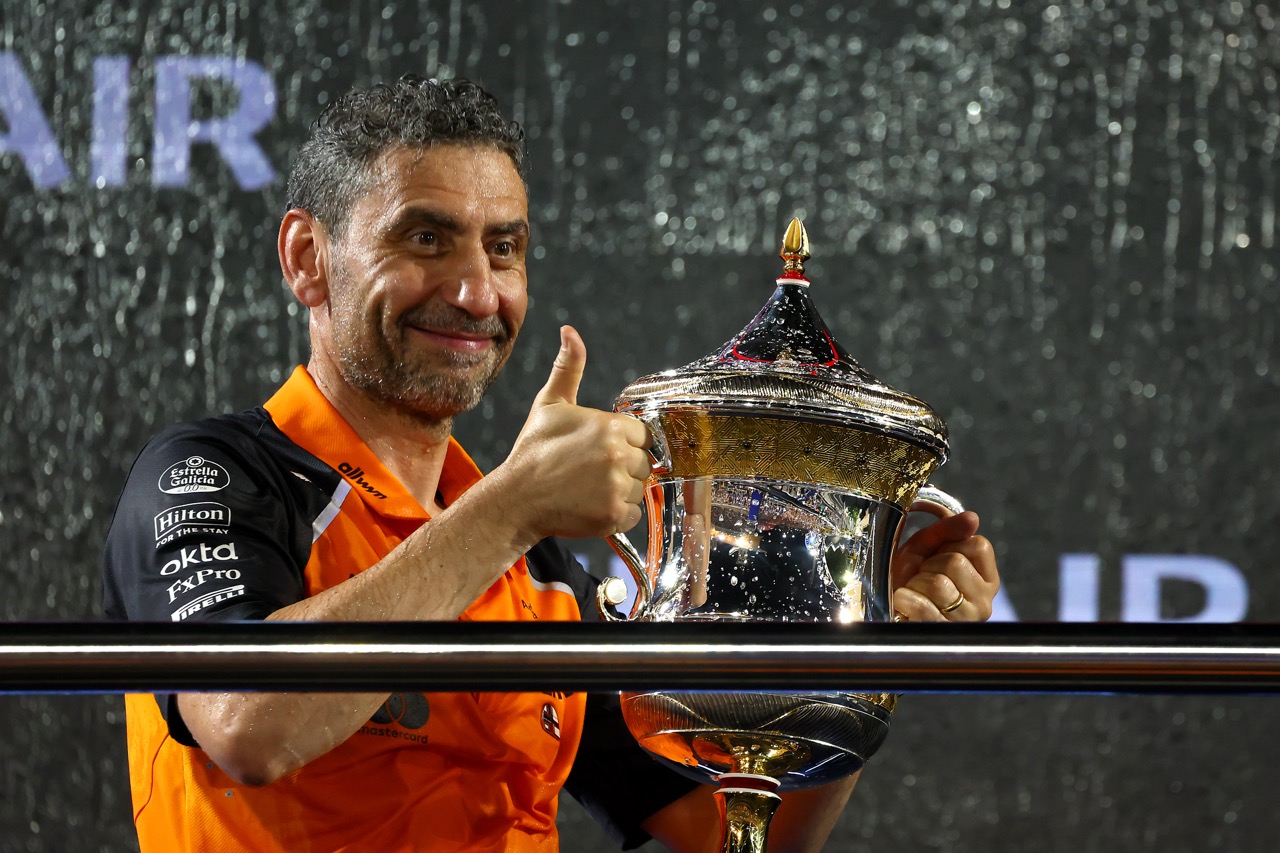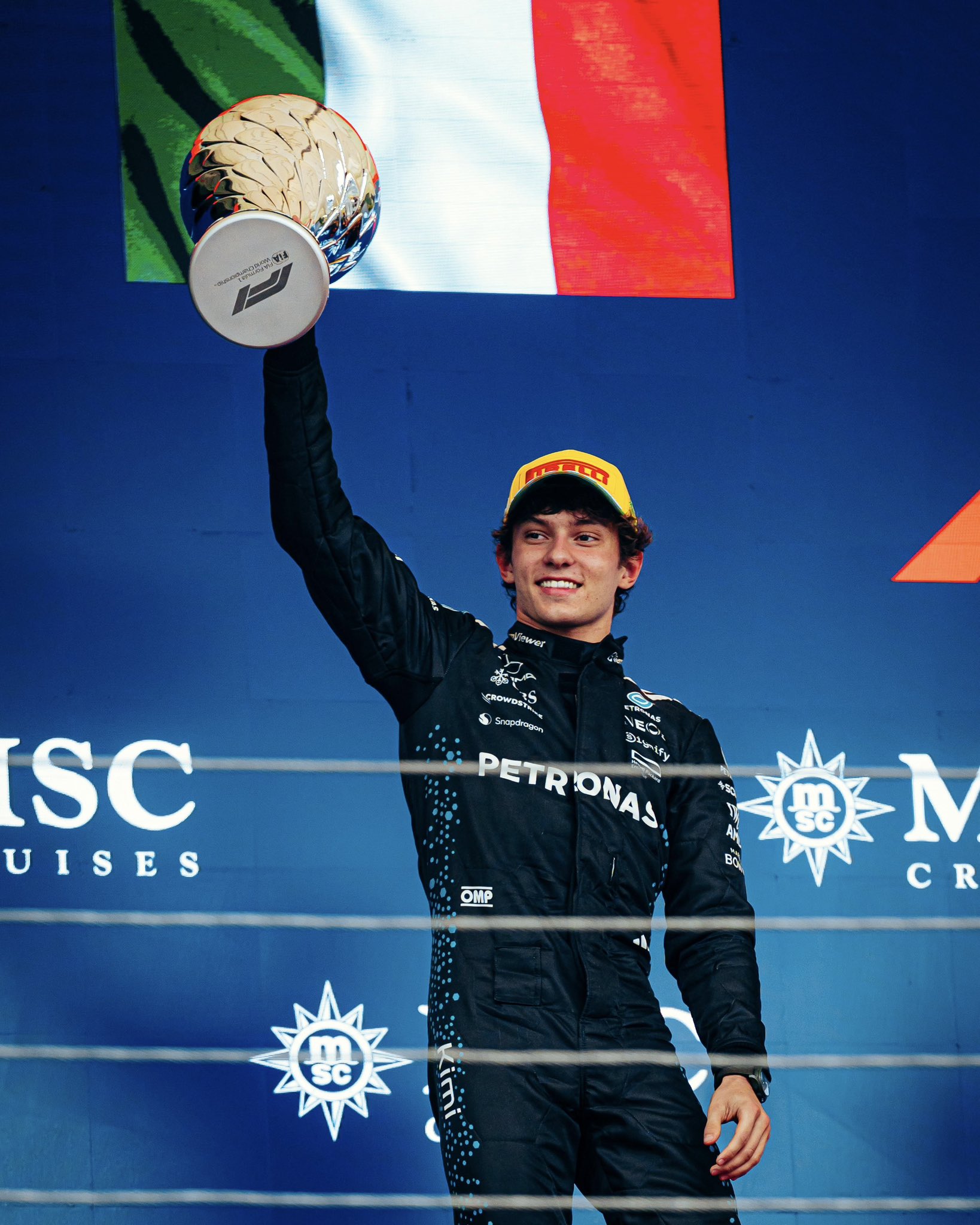McLaren Team Principal Andrea Stella offered rare insight into the pressures, lessons, and motivations shaping the team’s title fight, speaking during Friday’s press conference at the F1 São Paulo Grand Prix (GP).
Stella began by acknowledging the unique challenges the Interlagos circuit presents, unpredictable weather, dramatic racing, and the constant demand for adaptability.
“The challenge definitely associated to the fact that you have great racing, and the weather doesn’t help the teams in having quiet weekends, but definitely it helps the spectacle. So it’s a venue that often offers great racing.”
For Stella, this track also carries deep personal significance. In 2007, Ferrari’s Kimi Räikkönen snatched the Championship in a dramatic finale at the circuit. He began the weekend third in the standings and ended it as the Drivers’ Champion. At the time, Stella served as Räikkönen’s performance engineer. He overturned a 17-point gap in the final two rounds to beat Lewis Hamilton and Fernando Alonso by a single point.
“The memory goes back to 2007 when we won the championship with Kimi here. Kimi was actually third at the last race in the classification. He was the underdog, and then we managed to win the championship. And we needed to wait, I think, four hours to have the result actually confirmed. So it was a long wait, but with a very good outcome at the end.”
McLaren’s decision making in 2025
Stella stressed that these historical battles are more than nostalgic memories, they also remain critical case studies that actively guide McLaren’s current choices. He further noted that, in both 2007 and 2010, the Drivers’ Championship was won by the driver who arrived at the final race third in the standings, a reminder of the unpredictability of Formula 1.
“Like I said before, we always take a look at history. We try to understand what has happened, what are the lessons learned. 2007 – there’s another interesting one, obviously, in 2010 with a different outcome for myself. One we won, one we lost.”
“In both cases, for instance, it was the driver that was third in the classification at the last race that actually won the championship. And this is an easy lesson that we see in every kind of sport – never give up and never give anything for granted, which is very important.“
Teammate rivalry at McLaren
He recalled the turbulent 2007 at McLaren, marked by the intense rivalry between teammates Fernando Alonso and Lewis Hamilton, where he admitted the rivalry between the two ultimately worked against the team.
“When we look back at 2007, obviously, we know that there’s been quite a lot of internal competition at McLaren. I was on the other side. Potentially, that competition went a little too far, and we could say that racing led the victory to the third one, of another team.”
That experience directly shapes how McLaren manages the current title fight between Lando Norris and Oscar Piastri, with the pair separated by just one point in the Drivers’ Standings.
“Once again, this is a conversation we are having internally right now. We are having conversations with Lando, with Oscar: let’s make sure that the winner drives a papaya car, OK?”
“There’s a bigger interest for the team – and even for yourself – because we look at the future as well, not only the present. Let’s make sure that we collaborate as much as is sensible to do so between two drivers to make sure that the title is a papaya overall, and a papaya car.”
A New Era of Formula 1
Stella also discussed at the F1 São Paulo GP how the sport has evolved since the early title battles, noting that the modern 24-race calendar brings a level of intensity Formula 1 has never experienced before. He added that, in earlier eras, the season would already have been over by this stage. However, in 2025, the Championship is only reaching peak tension on the 21st race weekend out of 24.
“So there’s definitely a lot to pick from those days. And there’s also something that you pick in terms of the determination and the resilience that you need to have in this business.“
“Because nowadays, the season is 24 races. At that time… Here we are in race 21, then everyone would be on holidays already, and here we are – still four events to go with one point separating the two drivers.”
“So the amount of resilience that is needed nowadays is certainly something that you better have and practise a bit over time. Our drivers are relatively young, but we talk about resilience and managing fatigue as well.”





